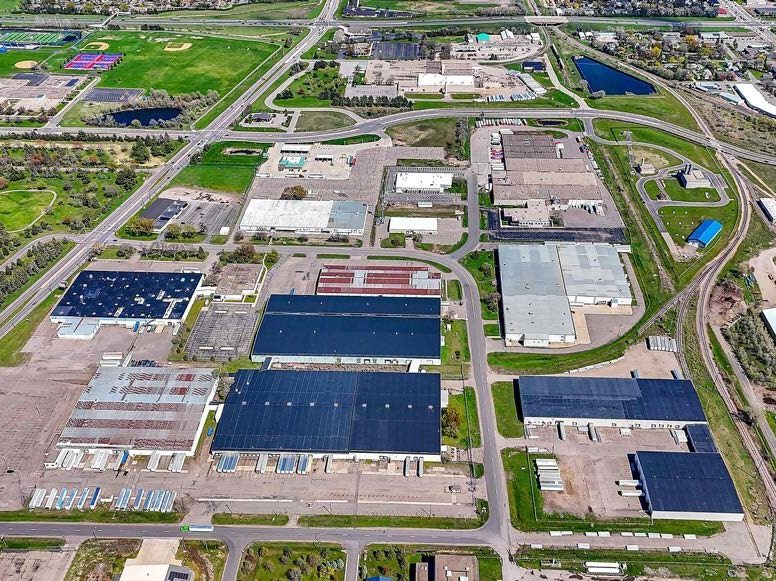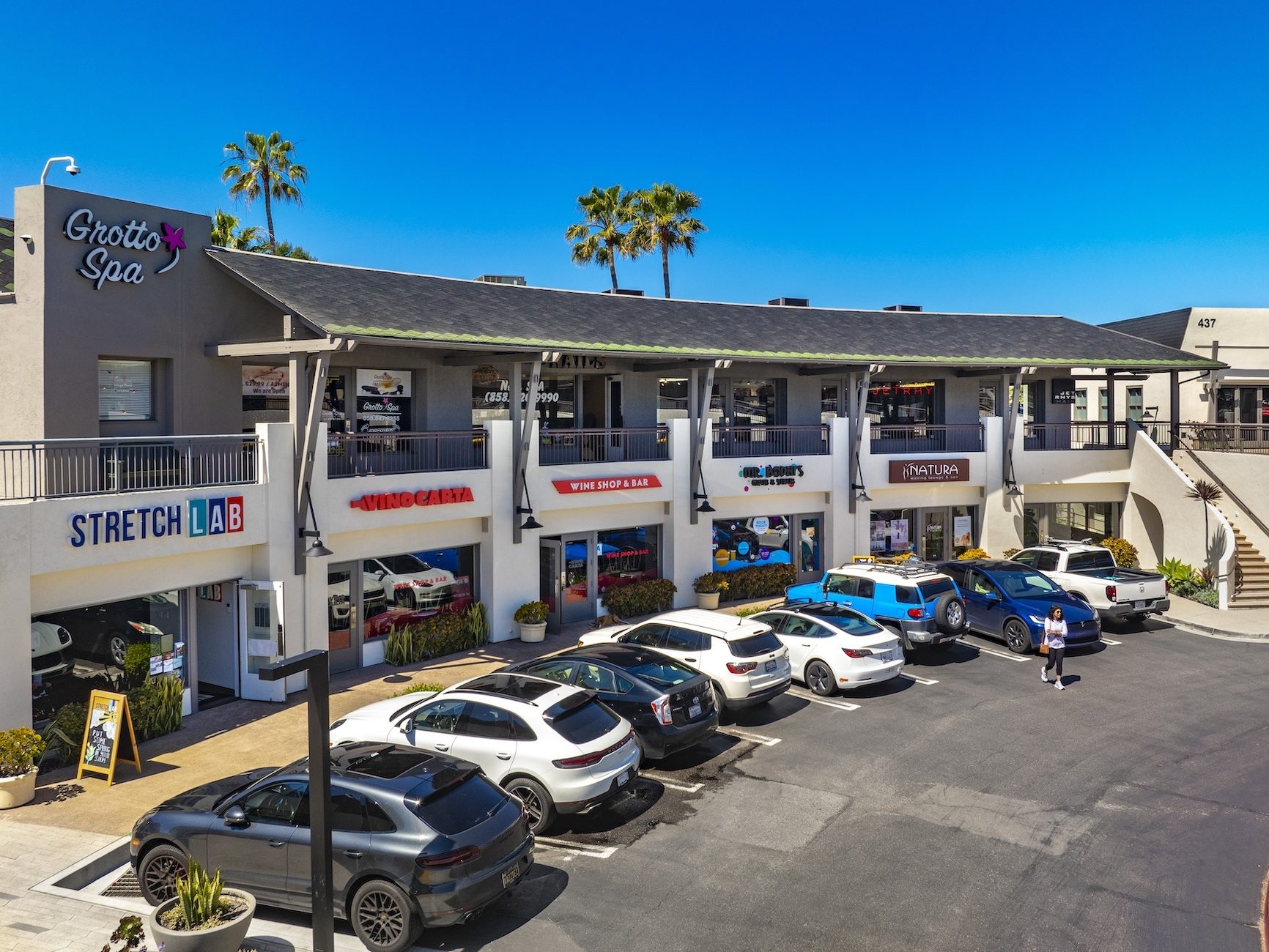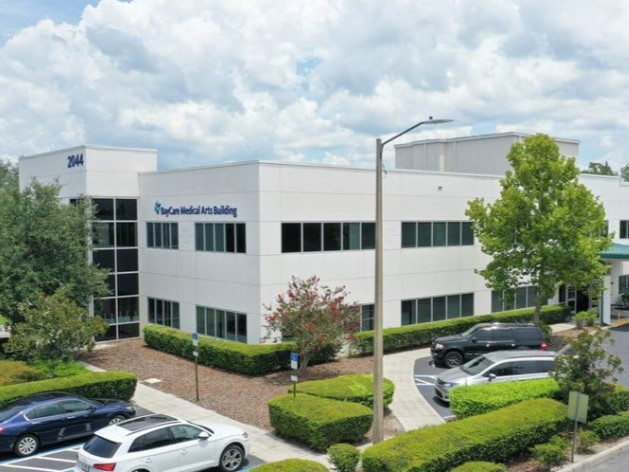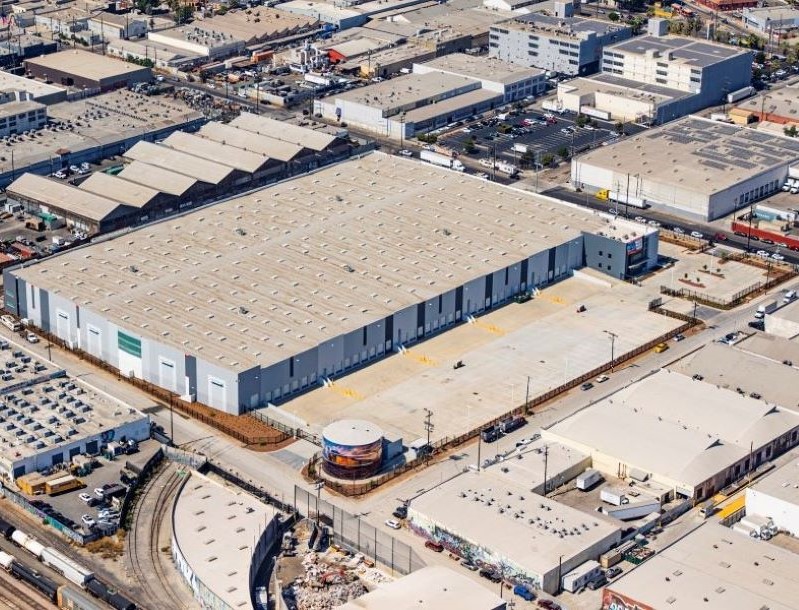Stonepeak Acquires 1 MSF Logistics Portfolio
The assets are situated in the rail-served Alliance submarket of Dallas-Fort Worth.
Alternative investment firm Stonepeak has acquired two logistics assets totaling 1.1 million square feet in Fort Worth, Texas, from institutional investors advised by J.P. Morgan Asset Management. For the acquisition, Stonepeak used a $57 million loan from PGIM Real Estate, public records indicate.
Simpson Thacher & Bartlett LLP served as legal counsel, and JLL served as Stonepeak’s financial advisor.
The assets, including Alliance Gateway 61 and Alliance Gateway 53, are in the Alliance submarket of Dallas-Fort Worth, anchored by two Class I rail lines, the BNSF Alliance intermodal terminal and the Fort Worth Alliance cargo airport. All of these have direct access to the I-35 “NAFTA highway” linking Mexico to Canada.
Rail continues to be an attractive transportation means to the country’s center from the west coast, and the Alliance submarket is at the epicenter for tenants who need that mode of transport for goods, Trent Agnew, JLL Capital Markets Industrial co-leader & senior managing director, told Commercial Property Executive.
“Stonepeak has a unique lens into the criticality of infrastructure for these various users and cost/risk implications that should serve them well over time with this investment and others they continue to make,” Agnew said.
READ ALSO: Top 5 Markets for Industrial Deliveries
The Alliance submarket’s transport infrastructure is supported by DFW’s population of over 8 million residents, which is expected to grow by 4x the national average through 2028.“
In April 2024, Stonepeak acquired a 1.7 million square foot logistics portfolio adjacent to Chicago’s BNSF and Union Pacific intermodal terminals. In October 2023, Stonepeak announced the sale of the Omni Industrial Campus, a 1.3 million square foot logistics portfolio near the Port of Charleston in South Carolina.
Blair Robbins, CPA, partner, Audit & Assurance, EisnerAmper LLP, told CPE, “Nearly 90 percent of goods are shipped via ocean freight at some point in their journey, which drives the concentration of warehouse and logistics facilities in these geographical areas.”
“Shipping and transportation rules and regulations are complex. To navigate various aspects of the transportation and logistics process, shippers often utilize drayage, which is freight movement over short distances,” Robbins added.
He said the weight and distribution of freight also play a role in the process. Ports and rail yards may have heavy container corridors around them, and containers will be moved within that corridor to nearby locations to be unloaded or repacked.
READ ALSO: Cracks Show in Port Industrial Markets
Logistics management factors include cost and time to destination. Common factors in logistics management include the ability to leverage lower-cost shipping methods, reduce travel time and easily redeploy the assets once unloaded.
A better location than near ports
Waldo Saville, vice president of North America at Efficio, told CPE the value of owning logistics facilities near railroads and highways is becoming increasingly evident, especially compared to facilities near ports.
“While both types of locations play crucial roles in the supply chain, logistics assets adjacent to railroads and highways offer unique advantages that can lead to stronger performance and greater resilience,” Saville said.
He said facilities near major highways and Class I rail lines, like those in the Alliance submarket of Dallas-Fort Worth, provide critical access to national distribution networks.
“For example, the proximity of Stonepeak’s recent Fort Worth acquisitions to the BNSF Alliance intermodal terminal, the Fort Worth Alliance cargo airport, and direct access to the I-35 NAFTA highway offers efficient connections to both domestic and cross-border trade routes between Mexico and Canada. This infrastructure is especially valuable as it enables faster, more flexible distribution to large regional populations and minimizes impacts from port-based bottlenecks.”
Highways, railroads closer to consumer markets
Unlike portside logistics facilities, which are often the starting point of the supply chain, Saville said inland logistics hubs near highways and railroads are positioned closer to consumer markets.
“This proximity reduces the last-mile delivery time, a key benefit as demand for faster delivery times increases,” he said. “The DFW area, with its population projected to grow four times the national average by 2028, is a prime example of how owning assets in high-growth inland regions can capitalize on increasing local consumer demand.”
Saville said to remember that while ports are vital for global trade, they are also prone to congestion, labor strikes and other disruptions.
“Facilities near railroads and highways offer a diversified logistics strategy that reduces dependency on port operations,” he said. “For example, rail transport is a more cost-effective and environmentally friendly option for moving goods over long distances, mainly when large volumes of goods are transported inland. This makes rail-connected facilities valuable for companies looking to optimize cost structures and mitigate risks associated with port congestion.”
Inland logistics hubs often benefit from lower real estate and operating costs than prime portside locations, Saville added.
“For example, Stonepeak’s investments in assets adjacent to the BNSF and Union Pacific intermodal terminals in Chicago reflect the cost and operational advantages of being close to major rail corridors while avoiding the high competition and cost pressures in port cities,” he said. “These inland locations balance strong transportation links and cost-effective operations.”
Stonepeak’s focus on logistics hubs with strong rail and highway connections highlights its approach to maximizing the value and performance of its real estate portfolio. Positioning assets near key inland transportation hubs can better serve growing consumer markets while benefiting from more flexible and reliable supply chain operations.”








You must be logged in to post a comment.